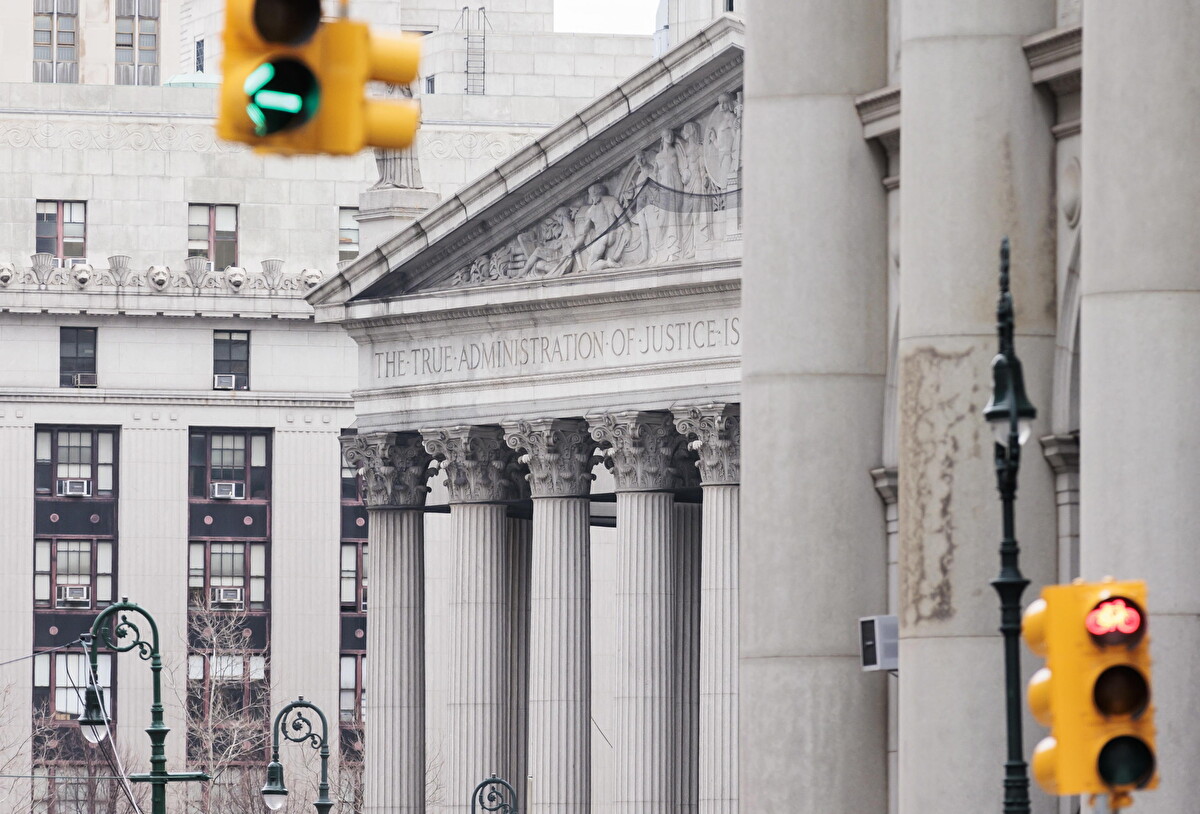It won’t happen again. No one will be able to fall asleep on an All England Club field as happened to Dorothy Cavis-Brown on a sultry London afternoon on June 22, 1964. The elegant, very British lady wearing a suit and court pumps, had been assigned to court No. 3 in the opening round of Wimbledon. It fell to her to be line judge in the match between South African Abe Segal and American Clark Graebner, the lower end of the scoreboard. Dorothy takes a seat on the chair in front of the tarps, putting on her glasses. The first goes by in aflash, Segal’s serve-and-volley style is dominant. Then Graebner’s reaction stretches the second match to 7-5. In the third, the South African takes a two-break lead and it looks like it’s almost done. Dorothy relaxes, crosses her legs, squints her eyes to shield herself from the sun. It is a fatal moment. She dozes off. Amid laughter from spectators, a ball boy tries to wake her up; unsuccessfully. Segal gives her a tap on the shoulder, she shakes it off and shouts, “out”. The game is officially over. So is Miss Cavis-Brown’s career.

It won’t happen again. Because as of January 1, the Association of Tennis Professionals is retiring line judges: whether a ball is in or out will be decided everywhere (with one exception: Roland Garros, which is played on clay) by artificial intelligence. Machines are better, that was the ATP’s irrevocable ruling after much agonizing. After all, they cost less—in Slam tournaments, lasting two weeks, a line judge earns between 1,300 and 4,000 euros—and above all, they are infallible, or at least they’re supposed to be. It is coming full circle, the end of a journey that began at Wimbledon in 1980 with an electronic contraption called the Cyclops. Placed on the service line a few millimeters above the ground, it guarded that rectangle of the court by projecting six infrared laser beams: ace or double fault, it would determine it. Not all players liked it; the more quarrelsome ones did not trust it. One in particular, John McEnroe challenged Cyclops at the 1989 Masters protesting to the umpire, “I don’t want to sound paranoid but this machine knows who I am.”
Cyclops went into the attic for the advent of Hawk Eye, which debuted at the 2006 U.S. Open. Its technology is based on the principle of triangulation: it uses images recorded by cameras placed in different corners of the court, which capture the bounce of the ball. A computer analyzes them and then makes the ruling instantly. The audience can check the graphic reconstruction live on the stadium screen. It must be said that Eye cohabits a de facto relationship with the line judges: it goes into action at the request of players when they are dissatisfied with the call, a limited number of times. In short, it functions a bit like the VAR in soccer, meaning that it helps the referee in the high chair. It does not replace him.
Quite different today is ELC, which stands for Electronic Line Calling. It is an electronic calling system introduced in 2017: no longer a control, with possible correction, of the only surviving judge, but an integrated system with an electronic voice that screams out instead of the human. It gives a real view of the ball’s trajectory, through forty cameras capable of providing 150 thousand images per second. An indispensable technical prodigy according to experts and the majority of athletes: when the human eye follows a serve traveling over 200 kilometers per hour (160 miles), error is inevitable. Therefore, the revolution has taken shape. Erasing a role, a workforce, and a tradition that goes back a century and a half.
They will remain in memory, however, the legendary gags of Jimmy Connors, who erased the mark of the ball on the green field of Forest Hills with his shoe, mocking the astonished Corrado Barazzutti in the 1977 semi final in New York. And the image of Adriano Panatta shaking the umpire in his high chair in the Davis final lost by Italy in 1980 in Prague: “We had to shoot for five feet before the lines, they called us out every shot.” Or the balls stolen by Ilie Nastase, the Romanian prince of cheaters. Or the tens of thousands in fines accumulated by Fabio Fognini for smashed rackets and verbal abuse. Or the warnings and penalty points imposed on Andrej Rublev after a controversial point.

That’s modernity, beautiful. It’s too bad if it takes the glamour of gazing away from the show. Pity if it creates a small legion of unemployed: after all, in our daily lives, between cell phones and PCs, the automatic corrector reigns. When the toothpaste comes out of the tube, it is impossible to put it back in. One just has to hope that things will run smoothly. But woe betide trusting electronics with closed eyes. The first inkling came in 2021 in Miami, in the quarterfinal between Sinner and Ruusuvuori, who were suspended due to a technical incident: Hawk Eye had gone as crazy as the computer Hal in 2001 A Space Odyssey. It took quite a while before they started again the old-fashioned way; absurd as it may seem, no live reservists could be found. The lesson is: to be careful about replacing human beings with a machine. Which, it is well established, also makes mistakes. Statistically, the margin of error ranges from 2.2 to 3.6 millimeters, which can make all the difference in today’s supersonic tennis.
“The question is not whether the system is always 100 percent correct, but whether it is better than a line judge. And it is,” the inventors claim. Don’t tell that to Taylor Fritz, number four in the rankings, though. In his match with Nakashima in the Cincinnati tournament, a shot from his rival went out by a lot, however, the computer kept quiet. Fritz stopped, and the umpire agreed with him to no avail: “It was out, but I can’t do anything about it.” Other episode. Phoenix Tournament, Berrettini-Borges final: winning serve by the Roman, yet the computer voice takes away his ace. The ball is good, the umpire spreads his arms helplessly. So what? The human factor solves the situation, that is, the fair play of the Portuguese who concedes the point to Berrettini.
These technological blackouts impose at least one reflection. The referee judges, but if a machine overrules his opinion there is something wrong. Common sense and free choice can still make a tennis match better. So can our lives.












